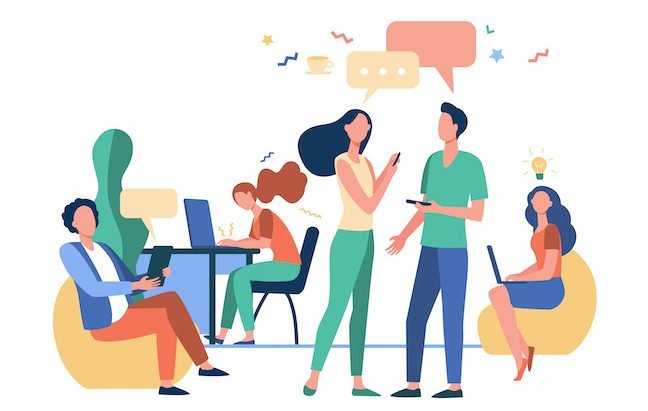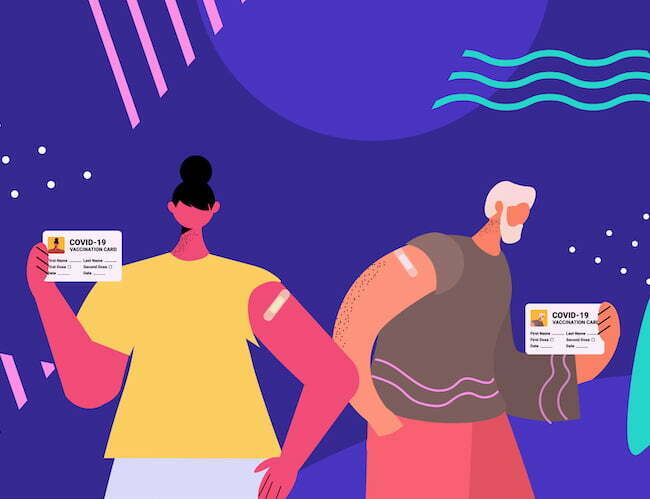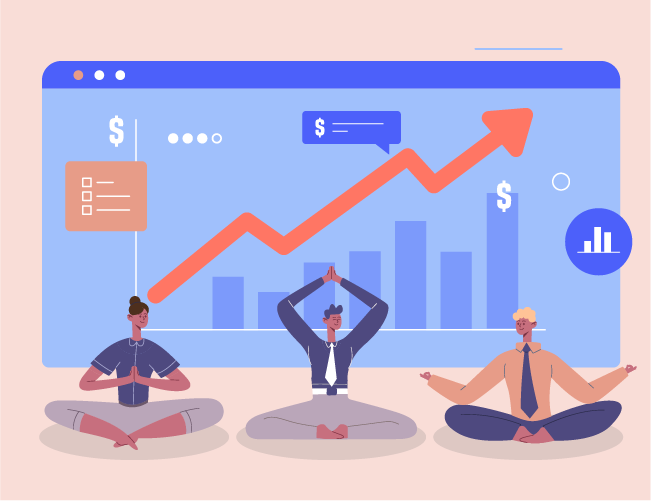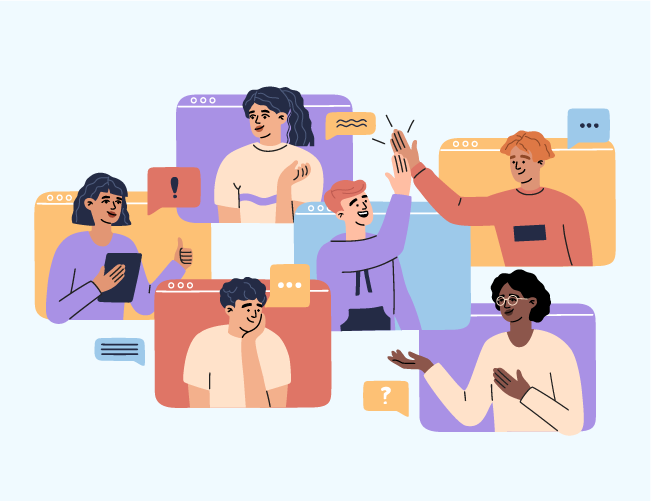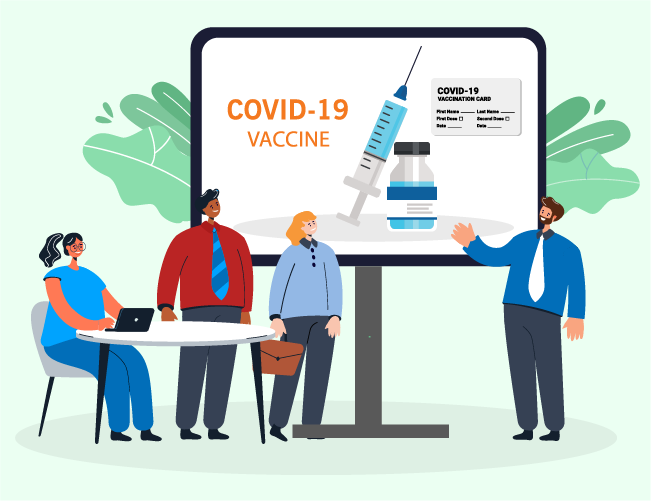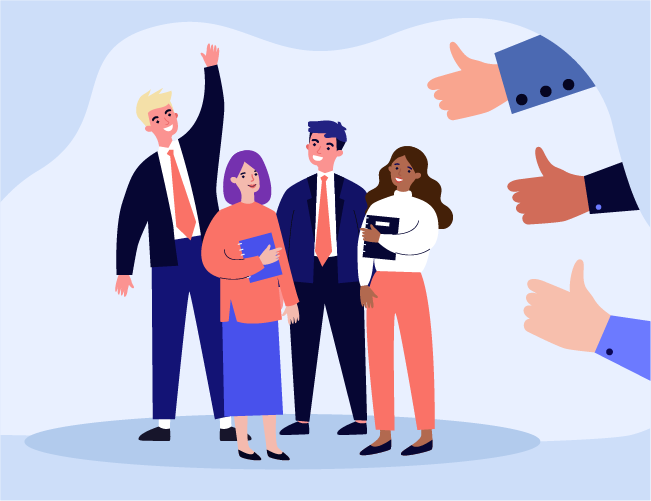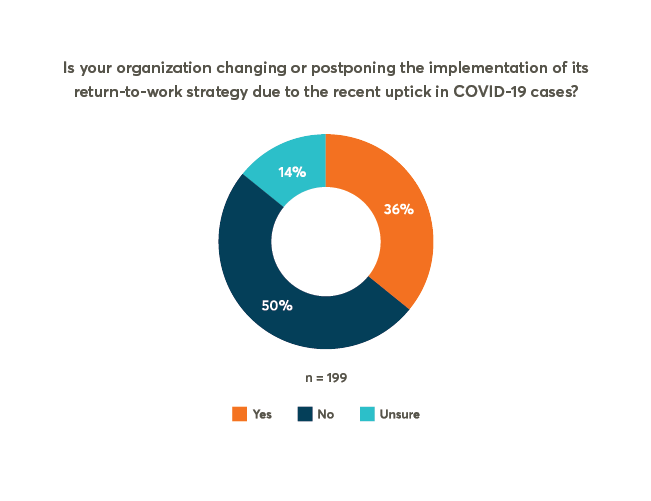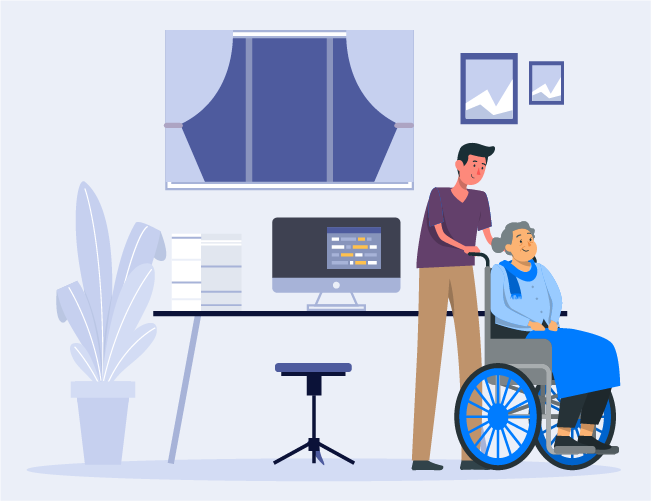Updates On Workplace Productivity: Communication Overload And Systems-Level Solutions
This post highlights the ways in which maladaptive norms of communication can create productivity sinkholes and discusses examples of productivity interventions that optimize communicatory habits in the workplace.
President Biden’s Updated COVID-19 Decrees – What Employers Should Know
In his speech last Thursday, President Biden laid out his administration's updated mandates for tackling COVID-19. This post highlights the provisions that impact employers so that businesses can avoid hefty legal penalties and create a safe space for employees to return to.
Exploring The Connection Between Wellness Programs And Stock Price Performance
Many studies have found correlations between companies with workplace wellness programs and marketplace performance. Whether this correlation is evidence of causation is contested. This post examines the discussion and considers some alternative measures of the efficacy of wellness programs.
Virtual Reality And Remote Work
Workplace VR has become a rapidly growing sector. This post examines the benefits of the technology in its current and future forms to help companies determine if and when it will provide a viable alternative to the physical workplace.
Employee Well-being Through Homeownership Benefits
Organizations looking to supplement their typical array of benefits with something a little more novel but just as impactful should consider offering homeownership benefits (HOBs) designed to make the process of purchasing a home easier and less financially burdensome. This post describes the wellness-enhancing effects of homeownership, examines the positive organizational effects of HOBs, and outlines the common types of HOBs that companies offer.
Employers Respond To FDA Approval Of COVID-19 Vaccine
The FDA has granted full approval of Pfizer-BioNTech’s COVID-19 vaccine for individuals 16 years of age or older. This post examines the significance of this decision and upcoming regulatory developments for companies hoping to improve vaccination rates amongst staff and the public at large.
R-E-S-P-E-C-T: Find Out What It Means To Employees
When it comes to attracting, retaining, and getting the best out of young workers, studies suggest that respect matters more than fun office perks. This post sheds light on the organizationally relevant elements of respect to help companies make precise and effective use of it.
Pulse Check: How Are Organizations Responding To The Recent Uptick In COVID-19 Cases?
Every month, Wellable asks a single question to the large, growing, and dedicated community of human resources and wellness professionals subscribed to the Wellable Newsletter. This month, Wellable asked respondents if their organizations are changing or postponing the implementation of their return-to-work strategies due to the recent uptick in COVID-19 cases.
The Hidden Caregiver: Isolated Elderly And The Workers Who Help Them Stay Connected
Loneliness is a growing and pervasive problem that companies must address in order to stave off its potentially costly effects on productivity and engagement. This post details the severity of the problem and offers tips on how to combat it.



